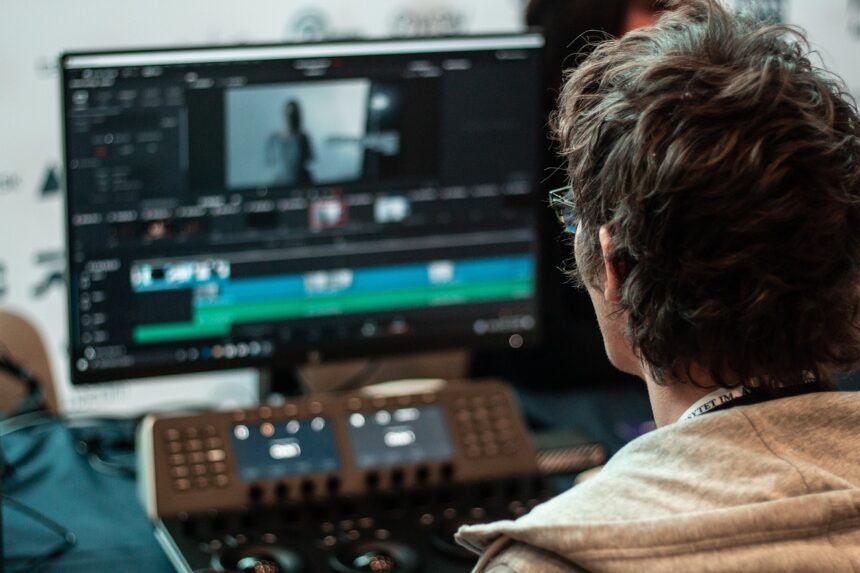The rapid growth of artificial intelligence in the creative industry has reshaped how images are edited, shared, and protected. With advanced tools like an AI photo editor, creators can enhance and modify visuals. However, this technological shift raises significant questions about copyright protection and how artists can safeguard their work in a digital landscape influenced by machine learning.
Understanding Copyright in the Age of AI
Copyright ensures that creators have exclusive rights over their original works, giving them control over how their content is used or distributed. However, integrating AI tools can affect these rights, especially when AI-generated modifications blur the line between original and derivative content. This development raises critical concerns regarding who holds ownership when AI enhances or alters images.
While traditional copyright laws protect original works, new guidelines are being developed to address the impact of AI, which can process and transform images at a scale and speed that was previously unimaginable.
Challenges of Copyright Protection with AI Tools
One of the primary challenges involves determining ownership when AI significantly contributes to the creative process. For instance, an image transformed through an AI tool may look vastly different from its original form. Adobe addresses this concern with its AI-driven features, offering tools that enhance and modify images while ensuring creators maintain control over their work. This approach simplifies the creative process without compromising ownership rights, a vital consideration in the rapidly evolving copyright landscape.
Another issue is the potential misuse of AI tools, where people can unknowingly infringe on copyright by using or sharing AI-modified images without proper authorization. This unauthorized use can lead to disputes and potential legal actions. Staying proactive and informed is essential for creators to navigate and thrive in the evolving landscape of digital rights and AI technology.
Protecting Images in an AI-Driven World
Creators can implement several strategies to protect images in an environment where AI tools are prevalent. First, watermarking images can be an effective way to ensure that they are identifiable even after modifications. Watermarks are a visible reminder of the original creator’s rights and can help prevent unauthorized use. Additionally, embedding metadata within an image file provides a digital footprint that indicates ownership, making it easier to track the image’s origin, even if it is altered by an AI tool.
Another approach is using copyright management services specializing in monitoring and protecting digital assets. These services employ technology that scans the web for unauthorized uses of copyrighted content, enabling creators to take action if their work is used without permission. Such measures are essential for those who rely on their creative assets for income or recognition in their field.
The Role of Policy and Education
Governments and creative organizations are gradually adapting to AI’s challenges. New regulations are being drafted to address how AI-generated or AI-enhanced content fits within existing copyright frameworks. Creators must understand these evolving rules to ensure their rights are protected.
Education also plays a significant role in building awareness. Creative professionals and hobbyists alike should be educated on how to use AI tools ethically and legally. This understanding helps foster a culture where technological advancements do not come at the cost of original creators’ rights.
The use of AI in the creative process has sparked a significant shift in how copyright is perceived and enforced. By understanding the nuances of copyright law, staying updated on policy changes, and employing protective measures, creators can better secure their work in an increasingly AI-driven world. As technology evolves, so too will the methods for safeguarding intellectual property, ensuring that creative rights are preserved for future generations.







